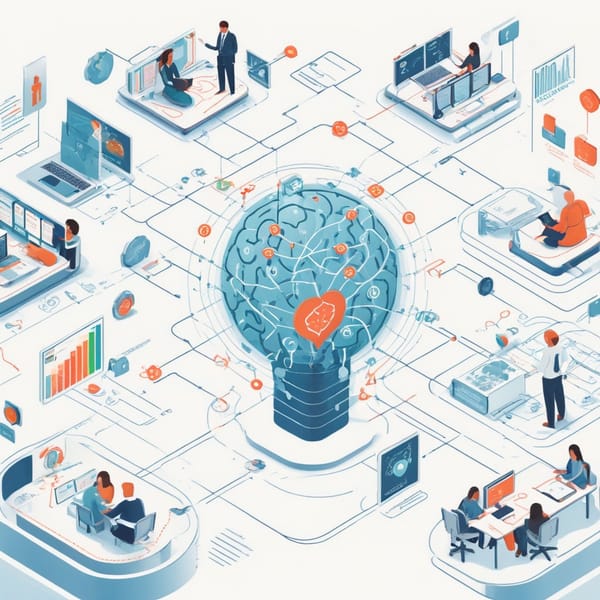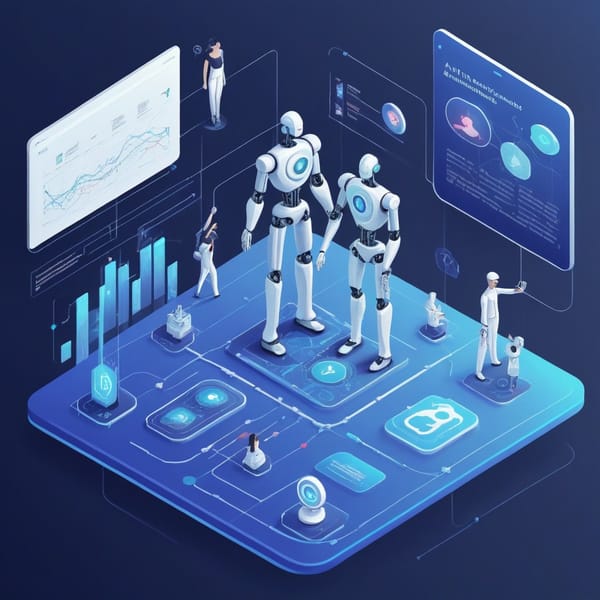AI-Powered Call Transcription with n8n: Automate Your Workflow

In today’s fast-paced business environment, efficiency is key. One area where automation can save significant time and effort is call transcription. Manually transcribing calls is tedious, error-prone, and time-consuming. Fortunately, with AI-powered tools and workflow automation platforms like n8n, you can streamline this process effortlessly.
In this blog post, we’ll explore how to set up AI-powered call transcription using n8n, a powerful open-source workflow automation tool. We’ll cover the benefits, required integrations, and a step-by-step guide to building your own automated transcription workflow.
Why Automate Call Transcription?
- Save Time – AI transcription converts speech to text in minutes, freeing up hours of manual work.
- Improve Accuracy – Advanced AI models like OpenAI’s Whisper or Google’s Speech-to-Text deliver near-human accuracy.
- Enhance Productivity – Automatically store, categorize, and analyze call transcripts for better insights.
- Seamless Integration – n8n connects with VoIP providers, cloud storage, and CRM systems for end-to-end automation.
Prerequisites
Before setting up your workflow, ensure you have:
- An n8n instance (self-hosted or cloud-based).
- Access to an AI transcription service (e.g., OpenAI Whisper, AssemblyAI, or Deepgram).
- A call recording source (e.g., Twilio, Zoom, or a cloud storage like Google Drive).
Step-by-Step: Building an AI-Powered Call Transcription Workflow
Step 1: Capture Call Recordings
First, set up a trigger in n8n to fetch call recordings automatically. For example:
- If using Twilio, use the Twilio API node to retrieve new recordings.
- If using Zoom, enable webhooks to send recordings to n8n after meetings.
Step 2: Transcribe with AI
Next, integrate an AI transcription service:
1. Use an HTTP Request node to send the audio file to an API like OpenAI’s Whisper.
2. Parse the response to extract the transcribed text.
Example OpenAI Whisper API request in n8n:
json
{
"method": "POST",
"url": "https://api.openai.com/v1/audio/transcriptions",
"headers": {
"Authorization": "Bearer YOUR_OPENAI_API_KEY"
},
"body": {
"file": "={{ $node["Twilio"].json["RecordingUrl"] }}",
"model": "whisper-1"
}
}
Step 3: Store and Organize Transcripts
Once transcribed, save the text for future reference:
- Send it to Google Docs or Notion for documentation.
- Store in a database like Airtable or PostgreSQL.
- Forward to CRM systems (e.g., HubSpot or Salesforce) for customer insights.
Step 4: Add Notifications (Optional)
To keep stakeholders informed:
- Use Email or Slack nodes to notify teams when a transcript is ready.
- Set up conditional logic to flag important keywords (e.g., "urgent" or "follow-up").
Advanced Enhancements
- Sentiment Analysis – Integrate NLP tools to gauge customer emotions from transcripts.
- Multi-language Support – Configure Whisper to transcribe calls in different languages.
- Automated Summaries – Use ChatGPT to generate concise meeting summaries.
Conclusion
AI-powered call transcription with n8n eliminates manual work, reduces errors, and supercharges productivity. By connecting call recording sources, AI APIs, and storage solutions, you can build a seamless end-to-end workflow in minutes.
Ready to automate? Deploy n8n, pick your AI transcription service, and start saving time today!
Have questions or need help setting up? Drop a comment below or explore n8n’s community forums for more inspiration.
Pro Tip: For maximum efficiency, combine this workflow with AI-powered note-taking or CRM updates to fully automate post-call processes.



